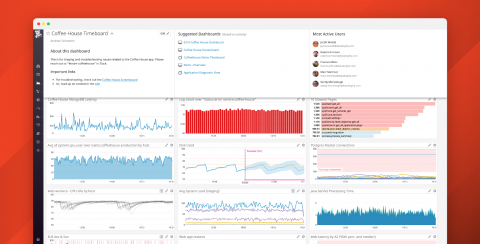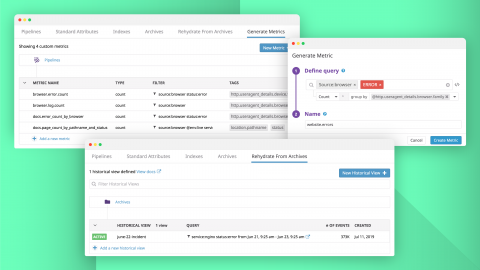Monitor TLS with Datadog
Transport Layer Security (TLS) is a cryptographic protocol commonly used to provide secure network communication between web servers and browsers. TLS has been the main communication security strategy since 2015, when its predecessor, Secure Sockets Layer (SSL), was declared insufficiently secure by RFC 7568.











